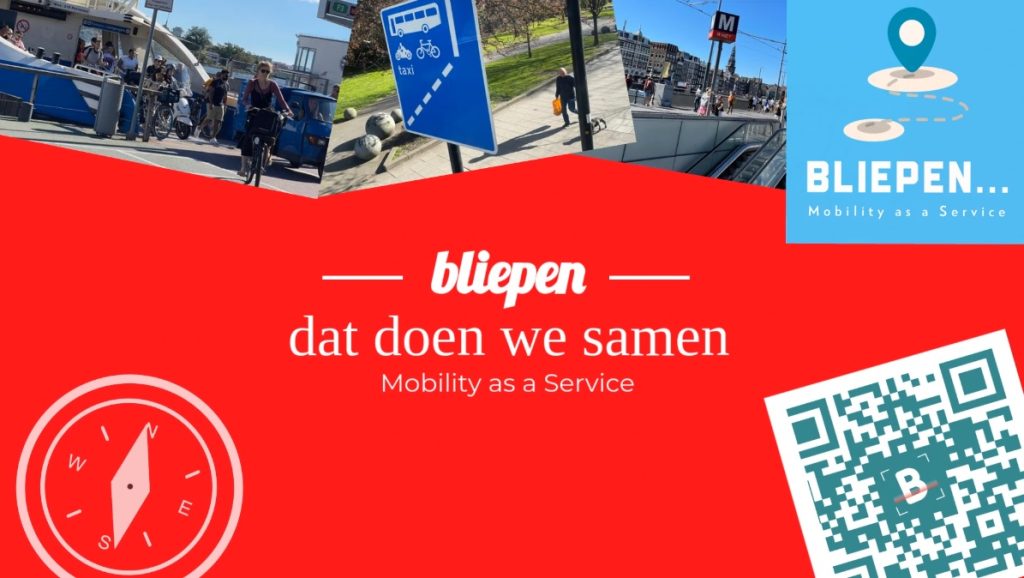The BOVAG Industry Barometer of BOVAG Autodealers shows that the average net profit per branch in the first half of this year was exactly 2 percent. In the first half of 2021, dealers recorded a net profit of 1,33 percent. The increase is mainly attributable to higher margins on the sale of new and used cars, while in the workshop there is still plenty of work to be done in terms of results.
Of the return in the past first half of the year, 0,08 percent can still be attributed to NOW support in the first quarter, while a year earlier this was still more than half a percentage point and the return at the time without NOW was approximately 0,8 percent. In absolute terms, the average net profit per location rose from more than 83.000 euros in the first six months of 2021 to more than 142.000 euros in the first half of this year.
Due to the scarcity on the market and the larger share of (more expensive) electric cars, the average sales price of a new car rose by more than 12 percent and that of a used car by more than a fifth. Higher margins resulted in a sales result that was almost two-thirds higher than a year earlier. The turnover rate increased and the stage days decreased, but the value of the average used car stock increased at the same time by almost 26 percent to more than 830.000 euros.
Fewer billed hours
The warehouse also saw a crescendo in terms of financial results from January to June, all the more so because the selling prices and margins of parts also rose and the turnover rate increased. The workshop, on the other hand, showed a few developments that are worrisome, as total sales there increased by 6 percent, but profits were only 3,7 percent higher. The number of billed hours per technician was 653 in the first half of the year, compared to 10 hours more a year earlier.
The forecast for the whole of 2022 is 1.221 billed hours, compared to a forecast of 1.240 a year ago. It is also striking that the share of productive FTEs in the workshop (mechanics) department decreased compared to the so-called 'unproductive' colleagues, such as service consultants. The absorption ratio, or the extent to which aftersales cover general costs, rose from 77,4 to 78,1 percent, according to the Dutch newspaper. branch organization.
“It is clear that the high margins in the sale of cars and parts are the result of the current market situation where supply and demand are not in balance. That is of course not a structural effect, as much as we would like it to be. In the workshop, however, there is still much to be gained in terms of efficiency and productivity, as I have already mentioned many times. The billed hours per technician continue to decrease and it seems that there is more and more activity around the 'real' - and therefore billable - work. By the mechanics themselves, but also by other personnel assigned to the workshop, such as service advisors or counter staff. Moreover, the hourly rates are not developing nearly as stormy as the prices of cars and parts.”
Bert de Kroon, chairman of BOVAG Car Dealers.



